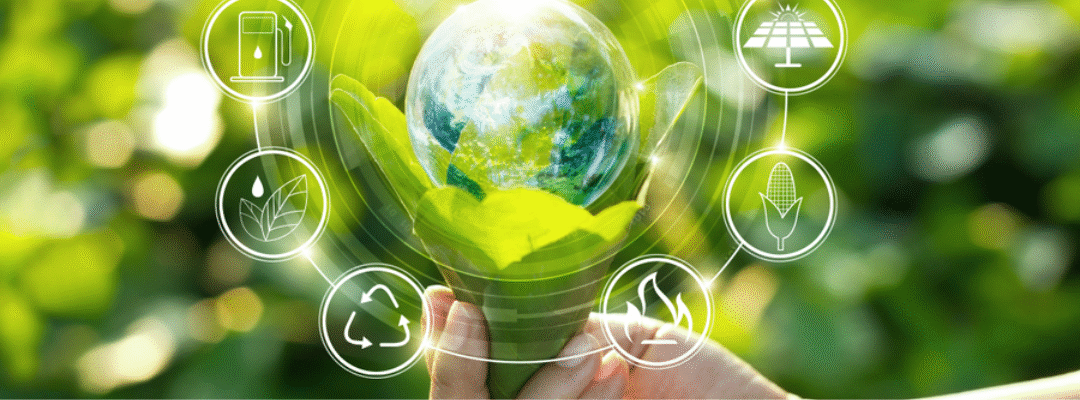Coal power plants have a significant environmental impact due to their carbon emissions and other pollutants. Implementing sustainability practices is essential to mitigate these impacts and transition towards cleaner energy solutions. Here are environmental sustainability practices for coal power plants:
Transition to Cleaner Technologies:
Invest in cleaner and more efficient technologies such as advanced combustion techniques, supercritical or ultra-supercritical steam cycles, and integrated gasification combined cycle (IGCC) systems to improve overall efficiency and reduce emissions.
Carbon Capture and Storage (CCS):
Implement carbon capture and storage technologies to capture and store carbon dioxide emissions produced during the combustion of coal. This helps mitigate greenhouse gas emissions associated with coal-fired power generation.
Use of Sustainable Biomass:
Explore the co-firing of sustainable biomass with coal to reduce overall carbon emissions. Biomass can be a renewable and carbon-neutral energy source if sourced responsibly.
Efficient Coal Combustion:
Optimize coal combustion processes to enhance efficiency and minimize emissions. This includes using advanced burners, controlling combustion parameters, and improving combustion efficiency.
Advanced Air Quality Control Systems:
Install advanced air quality control systems, including flue gas desulfurization (FGD) for sulfur dioxide removal, selective catalytic reduction (SCR) for nitrogen oxides control, and electrostatic precipitators for particulate matter removal.
Waste Heat Recovery:
Implement waste heat recovery systems to capture and reuse excess heat produced during power generation. This enhances overall energy efficiency and reduces the environmental impact of the plant.
Efficient Water Usage:
Implement water conservation measures to minimize the consumption of water for cooling purposes. Explore technologies such as dry cooling systems to reduce reliance on water-intensive cooling methods.
Land Reclamation and Restoration:
Develop and implement plans for land reclamation and restoration around coal power plant sites to mitigate the impact on local ecosystems. This includes addressing land subsidence and restoring natural habitats.
Efficient Transmission and Distribution:
Invest in efficient transmission and distribution infrastructure to minimize energy losses during electricity transmission. This enhances the overall efficiency of the power generation and distribution system.
Community Engagement:
Engage with local communities to address concerns, provide information, and involve them in decision-making processes. Implement community development programs that contribute to the well-being of the local population.
Stakeholder Collaboration:
Collaborate with environmental organizations, regulatory bodies, and other stakeholders to implement best practices, share information, and work towards common goals for environmental sustainability.
Public Reporting and Transparency:
Provide transparent reporting on environmental performance, emissions, and efforts to improve sustainability. This fosters accountability and builds trust with the public and regulatory authorities.
Investment in Renewable Energy:
Diversify energy sources by investing in renewable energy projects. This could include solar, wind, or hydropower projects that complement coal-fired power generation and contribute to a more sustainable energy mix.
Employee Training:
Provide training programs to employees on environmental sustainability practices and safety measures. This fosters a culture of responsibility and awareness within the workforce.
Continuous Improvement:
Regularly assess and update environmental sustainability practices based on advancements in technology, industry best practices, and evolving environmental standards.
By adopting these sustainability practices, coal power plants can reduce their environmental impact, improve efficiency, and contribute to a more sustainable and responsible energy sector. It’s important for such plants to explore cleaner technologies and gradually transition towards low-carbon or carbon-neutral alternatives.


Recent Comments